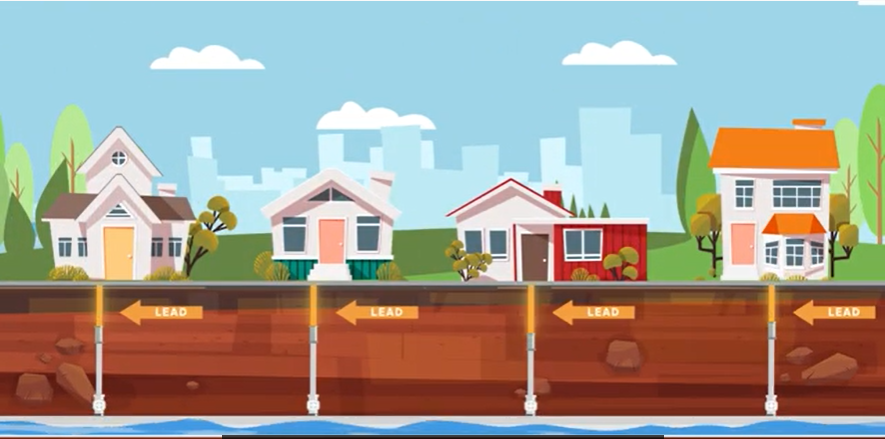Tom Neltner, Senior Director, Safer Chemicals Initiative

The Federal Reserve Bank of Chicago serves Iowa and much of Illinois, Indiana, Michigan, and Wisconsin—areas of the country that likely have more LSLs than those served by any of the other 11 banks in the Federal Reserve System. Image source: Federal Reserve Bank of Chicago
What Happened: On November 2, the Federal Reserve Bank of Chicago held a meeting of more than 50 stakeholders interested in new strategies to fund and finance lead service line (LSL) replacements. I attended, representing the Lead Service Line Replacement Collaborative.
Why It Matters:
- The meeting was an important first gathering of its type to focus on helping:
- Communities leverage and supplement the $15 billion Congress dedicated to full LSL replacements through the Infrastructure Investments and Jobs Act.
- Financial institutions better understand the practical barriers to progress and the opportunities to protect public health, support environmental justice, and create sustainable jobs.
- Lead pipes represent the most significant source of lead in drinking water. Replacing the nation’s estimated 9 million LSLs is predicted to cost $45 billion.
- Federal funds alone will not be enough to help states and communities eliminate this lead pipe legacy, municipal water utilities need to leverage federal funds by getting the lowest rates for bonds to finance their efforts.
Our Takeaway: EDF applauds Chicago Fed for its leadership in taking on this complicated but critical issue. The meeting advanced the discussion in a way that only a neutral party like the Chicago Fed can do.
Next Steps: Within days of the convening, I am already hearing from participants interested in making connections or learning more about the issue. Chicago Fed should continue these convenings and engage more stakeholders.
Go Deeper: In February 2022, staff at the Chicago Fed began to offer a series of excellent articles, videos, and case studies to explain the issue of lead pipes to their stakeholders. We recommend this interview with Margaret Bowman, a water expert with 30 years in the nongovernmental and philanthropy sectors, as she explains the financing needs and opportunities.










